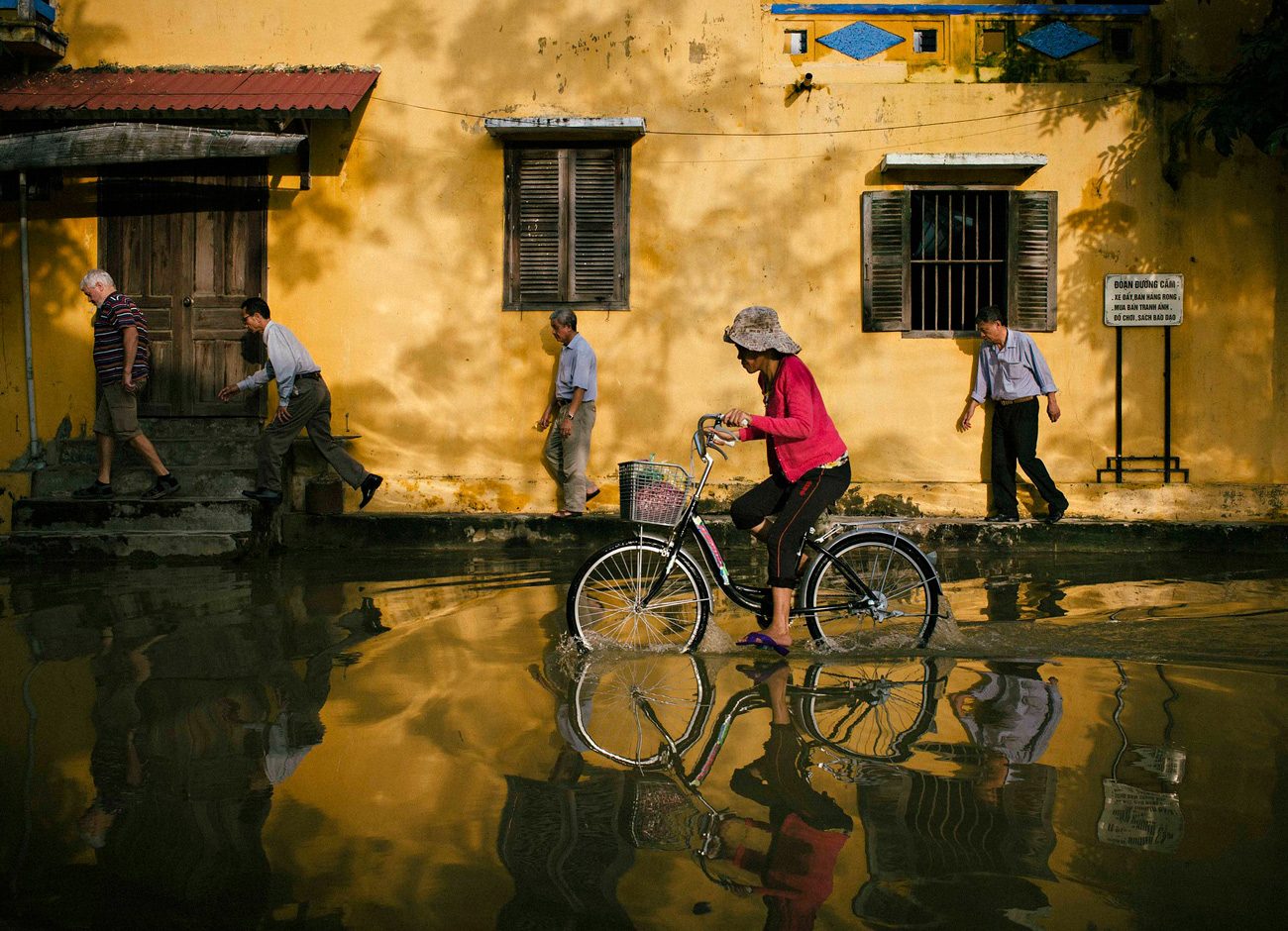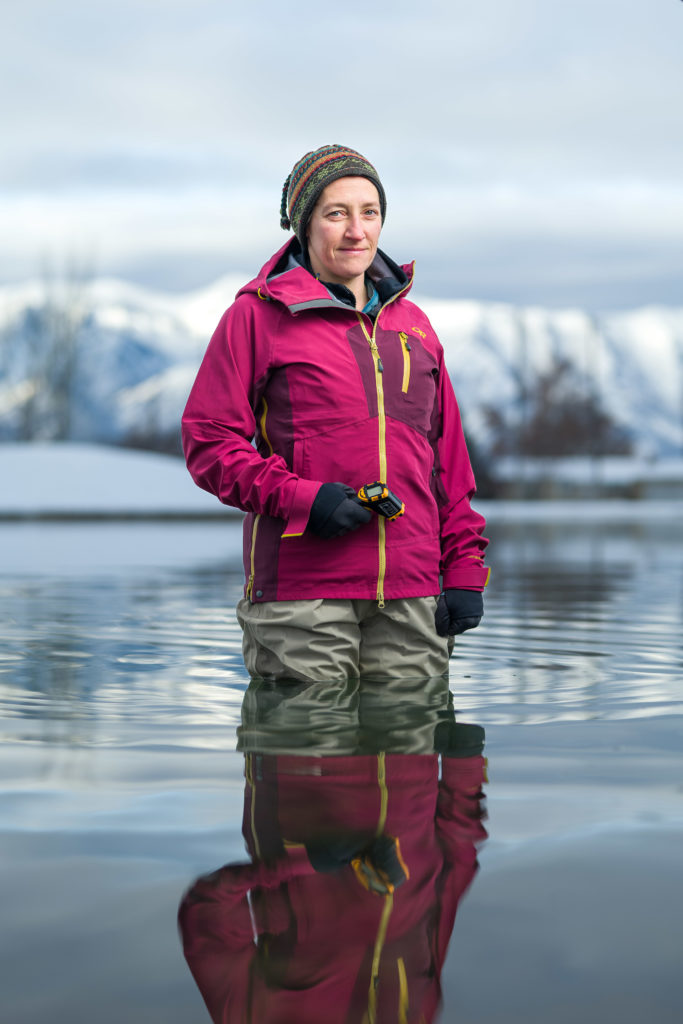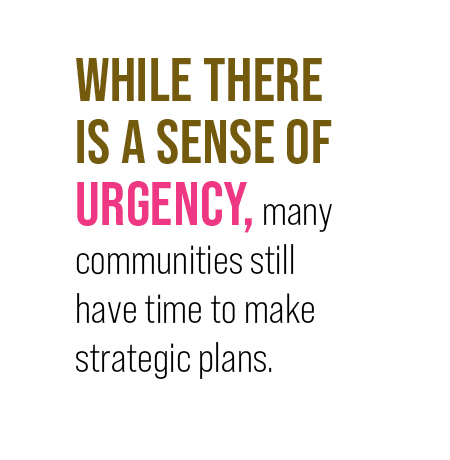Planning for the Rising Seas

When Daniella Hirschfeld led workshops last year that brought together community planners, engineers, and policymakers to focus on adapting to rising sea levels, the conversations did not begin with questions about whether or not the water is rising and why.
The focus is, “What do we do now?”
“We jump right to ‘The sea is rising and we are on the frontlines,’” says Hirschfeld, an assistant professor of landscape architecture and environmental planning at Utah State University. “If the sea is six inches higher next year, if the sea is threatening homes and structures, we need to plan and make decisions about how we will adapt.”

Those decisions are complicated by many uncertainties: How quickly and how much will the seas rise? Where does it make sense to invest in infrastructure to mitigate its impact? Can we fortify wetlands and barrier islands? Is there equity in decisions about which structures and people must move and which are protected by new seawalls? Should you encourage people to gradually relocate and not allow others to move into areas? If so, does it create communities with only aging residents of a single generation? Planners and policymakers don’t like uncertainty. Taxpayers tend to like it even less.
People like thinking that Earth systems change slowly. But human activities have revved up the system, driving hotter and longer heatwaves and more storms that cause flooding. Significant sea level rise is projected in just the next 30 years and beyond, but factors such as water temperature, melting glaciers, and currents influence how much, meaning increases and impacts will not be evenly distributed. In the U.S., the Gulf Coast and Southeast will see the most dramatic rise, with marshes and groundwater already feeling the effects there. And, Hirschfeld notes, it’s difficult for people who are dealing with more severe and frequent storms, flooding, and power outages to thoughtfully focus on evaluating long-term threats and possible solutions.

The impacts of seawater rise won’t just be felt in island and coastal communities. Ocean food webs — and, consequently human food webs — will change. Wetlands will become more saline, which changes the kinds of plants that can grow there, altering biodiversity and the services wetlands provide to surrounding ecosystems. That, in turn, influences weather patterns and climate. People in coastal areas will migrate inland, putting additional pressure on communities that may experience rapid growth.
“The chain reaction of all these things is profound,” Hirschfeld says. “A majority of the goods that come to us in Utah come through ports in California. … If sea level rise disrupts work at the ports, we can’t get goods to Utah.”
While there is a sense of urgency, many communities still have time to make strategic plans, though Hirschfeld and her colleagues have found that planners almost universally say they need better localized data. There are so many variables that a solution for one community often will not work in another. Deciding how to adapt to sea level rise is one situation in which it’s better to be proactive, which is why Hirschfeld supports planning efforts that devise benchmarks for what actions will be triggered by specific environmental changes. It is important and daunting work.
“This is a really big challenge and can feel bleak,” she admits. “But one of the reasons I made the choice in grad school to work on adaptation is because it’s a more hopeful perspective and more about ‘Let’s create visions of our future’ … We want to look at some wonderful opportunities to make things better.”





